Nevada legislators urged to restart cloud seeding amid drought
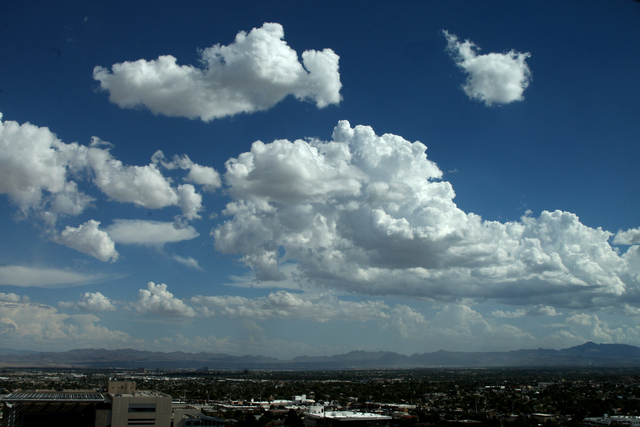
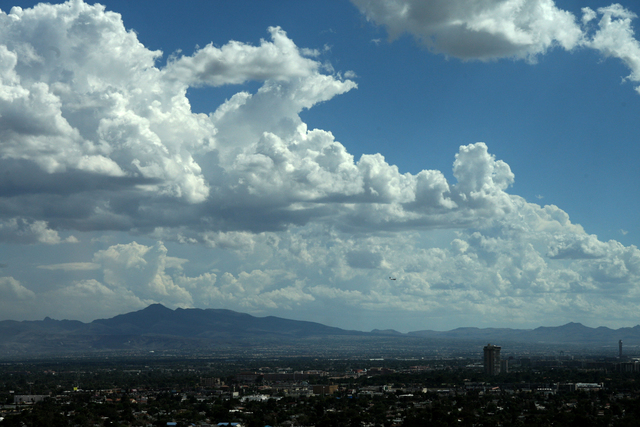
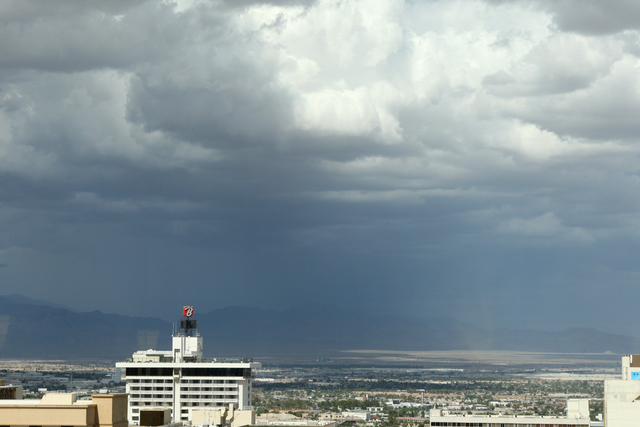
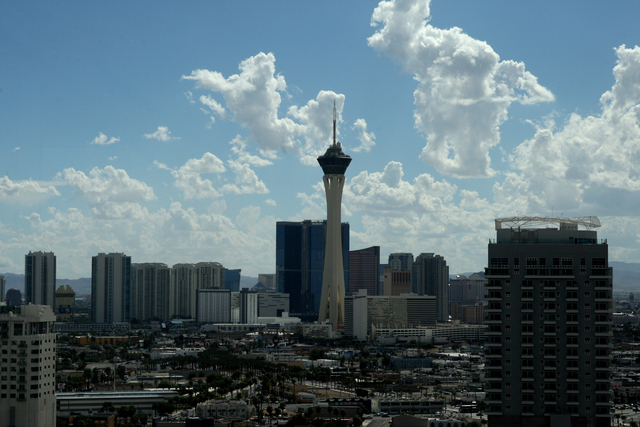
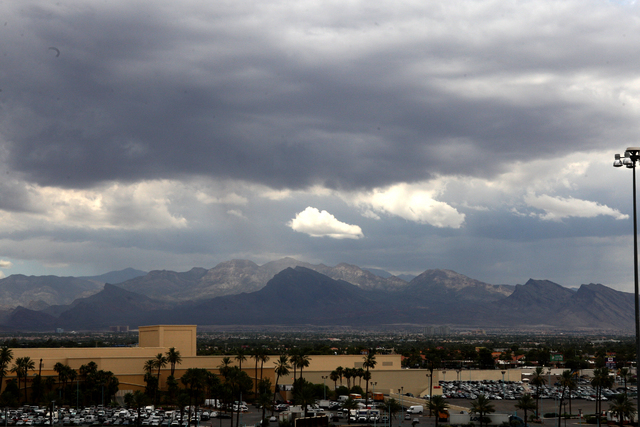
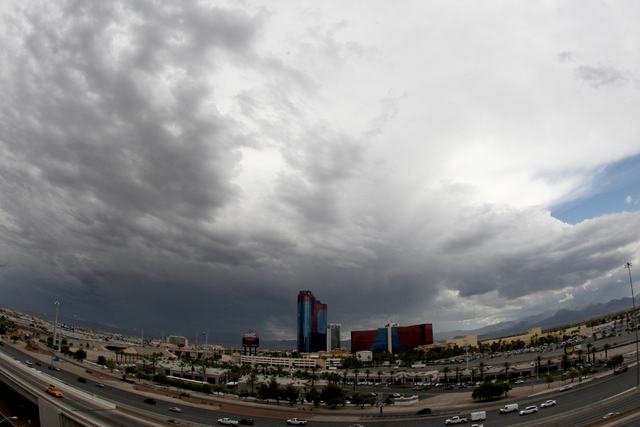

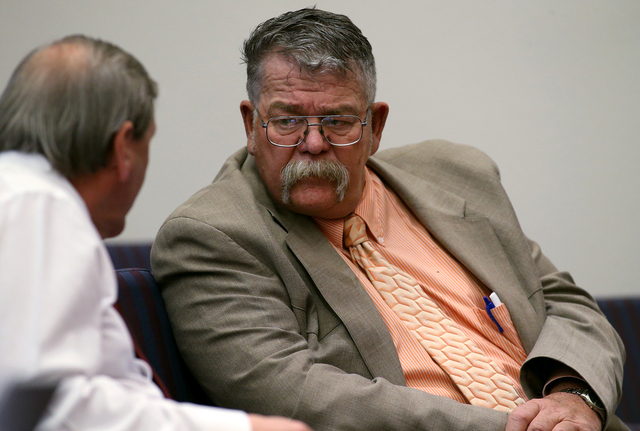
CARSON CITY — Water experts and lawmakers on Thursday urged a state Senate committee to restore funding for Nevada’s cloud seeding program to help squeeze as much moisture out of the sky as possible, should Mother Nature bring storms into the Silver State next winter.
Senate Bill 243 would allocate $500,000 over the upcoming two-year budget cycle to provide matching grants for cloud seeding programs. The state for decades helped fund the program, but money was cut after 2008 when the economy tanked and state coffers were left high and dry.
Now it’s the mountain snowpack, rivers and streams that are withering from a fourth year of drought and no relief in sight.
“Clearly we all recognize at this point we are in a drought that we haven’t seen before,” state Sen. Pete Goicoechea, R-Eureka, told members of the Senate Finance Committee.
April 1 marks the end of the water season, when weather patterns change and shut off the spigot to Pacific storms that funnel snow to the Sierra Nevada and other Northern Nevada mountain ranges during the winter months.
But for the past four years, the flow from the tap has amounted to a trickle, and water experts said this past winter is the worst in a century. Snow surveys taken this week by the U.S. Natural Resources Conservation District showed the snowpack in the Lake Tahoe Basin at only 3 percent of what’s normal for the date. The Truckee River Basin was a paltry 14 percent.
In the intermountain West, lack of snow means diminished water for crops, wildlife, fisheries, livestock, forests and people. California Gov. Jerry Brown this week ordered a statewide 25 percent reduction in water use.
“We’re in trouble,” Goicoechea said, adding that Nevada needs to prepare to eke out what moisture it can if Mother Nature is kind enough to bring storms next winter.
“With cloud seeding, we all understand you have to have a cloud to seed,” he said.
All of Nevada is under drought conditions. The U.S. Drought Monitor lists drought conditions across half the state as extreme or exceptional.
Cloud seeding uses remote generators that spray small amounts of silver iodide across a propane flame. Moisture from the cloud freezes on the silver iodide crystals, and as crystals expand, they grow heavy and fall as snow.
“You’re kind of milking the snow,” said Michael Baughman, executive director of the Humboldt River Basin Water Authority. He said the technique is used in 10 Western states.
The bill was supported by Southern Nevada Water Authority representatives, who said cloud seeding is used in the upper Colorado River Basin. Snowpack from that river basin helps feed Lake Mead, the Las Vegas area’s prime water source.
Baughman said seeding clouds can substantially boost snowfall.
The Desert Research Institute, a leader in cloud seeding since the 1970s, estimated 27 generators in six targeted Northern Nevada mountain ranges could equate to an annual water production of 82,000 to 131,000 acre-feet of additional water annually.
An acre-foot is the amount of water needed to cover an acre of land 12 inches deep. One acre-foot is roughly the amount needed to sustain two Las Vegas households for a year.
Depending on the type of generator used and cost of materials, an acre-foot of water could cost less than $20 to produce.
“It is pretty cheap in today’s world,” Baughman said.
The bill would allocate the funding to the Nevada Department of Conservation and Natural Resources to set up a cost-sharing, matching grant program.
The committee took no action on the funding request.
Contact Sandra Chereb at schereb@reviewjournal.com or 775-687-3901. Find her on Twitter: @SandraChereb.












